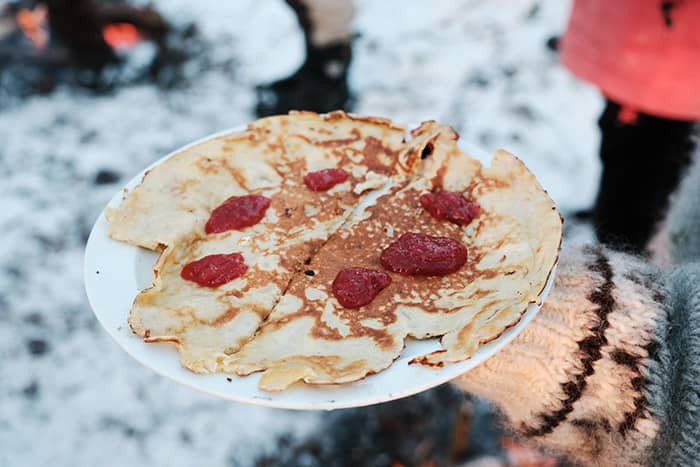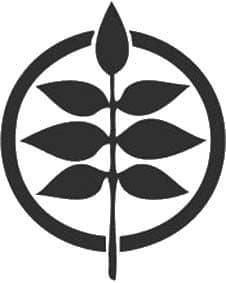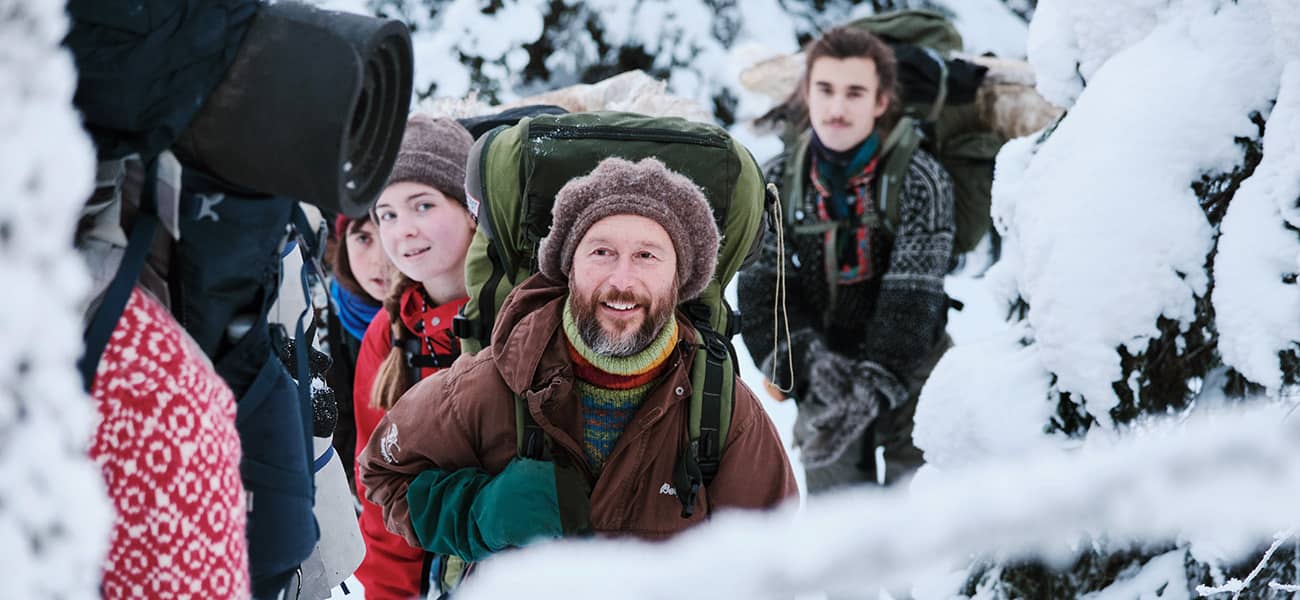
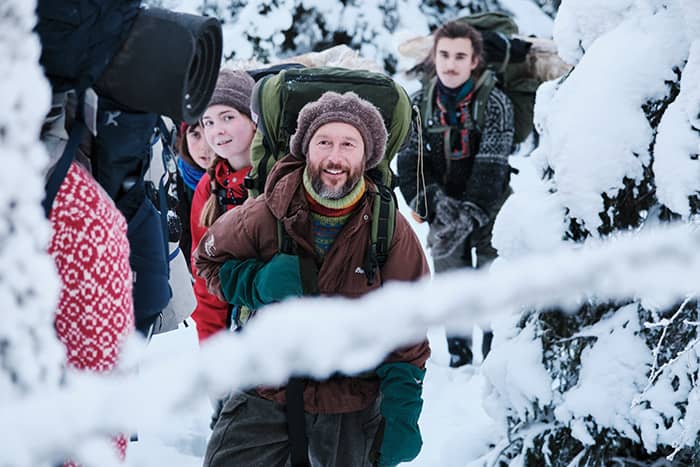
Self-Sufficiency
STRIVE FOR SELF-SUFFICIENCY WITH A HANDS-ON APPROACH
Do you want to be more self-sufficient? Gather berries, cultivate and conserve vegetables and repair your own clothes? Learn everything from fishing and leather tanning to willow weaving, timber felling, and woodworking.
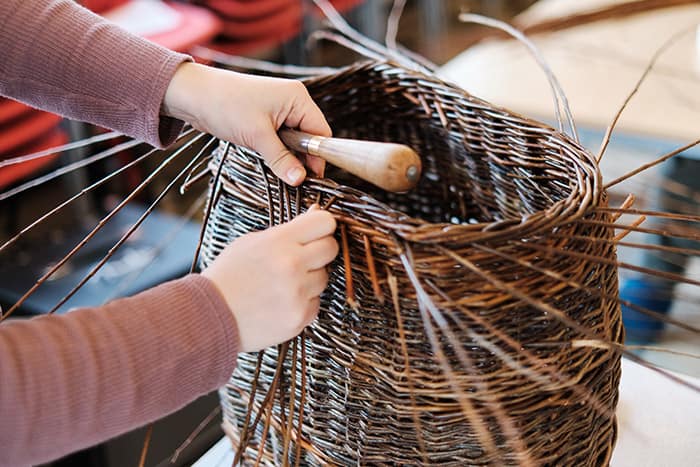
Learn what you need to be more self-sufficient: whether you live in an apartment downtown and want to grow food in the windowsill, and have compost in the kitchen and a sourdough starter in the fridge.
Or you want to live closer to nature, gather plants for food or other purposes, or wood for building and crafting by going into the forest. If you want that, then this course is for you.
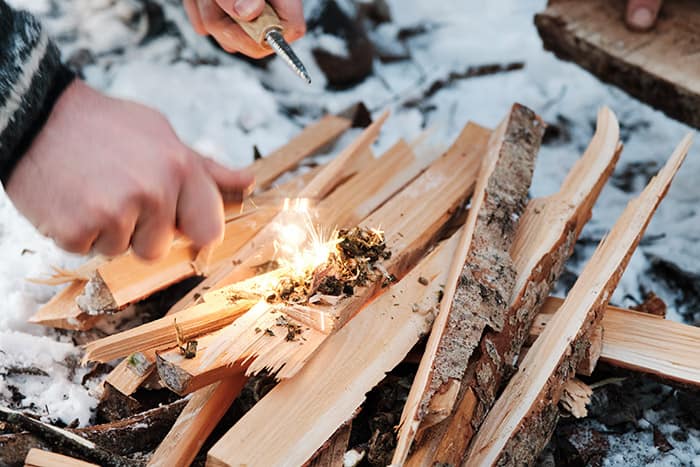
Outdoor living
Fall and spring we spend time in nature. We experiment with making fire under different conditions, and cook food on the fire. We learn about the different trees, do some green woodwork, and log timber for wood and materials for the school. We also navigate using a paper map and a compass.
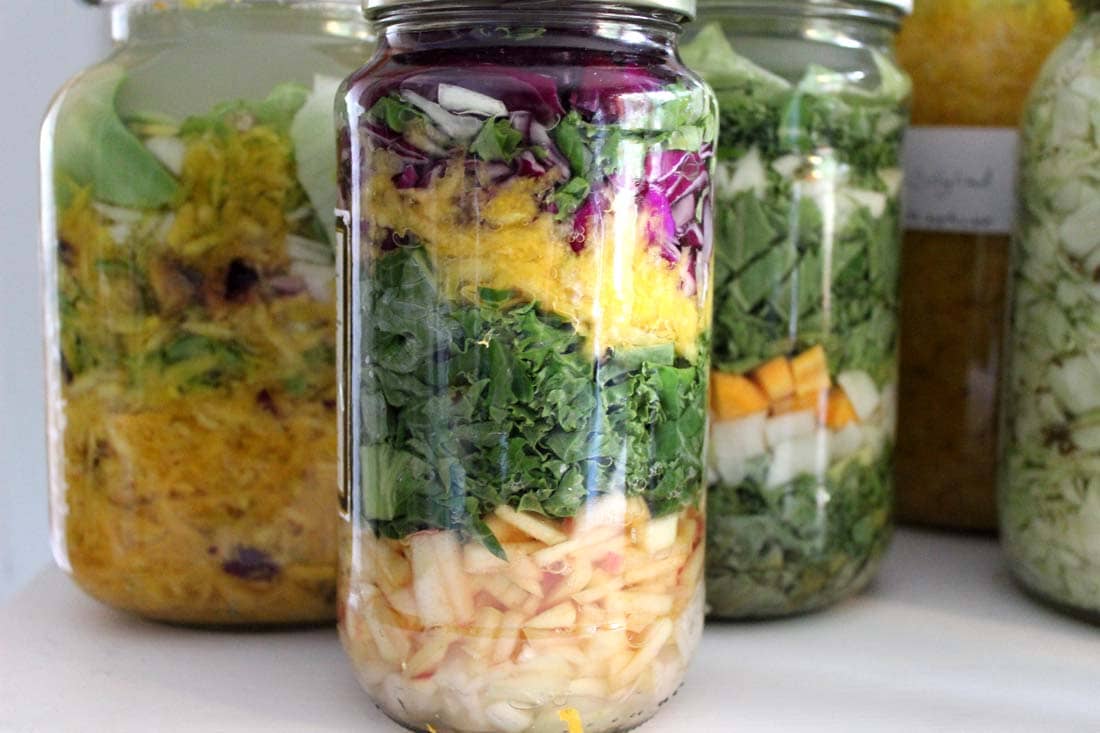
Growing and foraging food
We go for walks in the woods and gather whatever’s in season, and along the way learn about nature, useful plants, trees, and how to read the weather.
In Fall and Spring we’ll go out into the garden to work with soil and plants! Some years we slaughter and part the animals on the farm and sheep from our island.
We’ll preserve fruits and vegetables with methods like lacto-fermenting, drying, making cordials, and pickling.
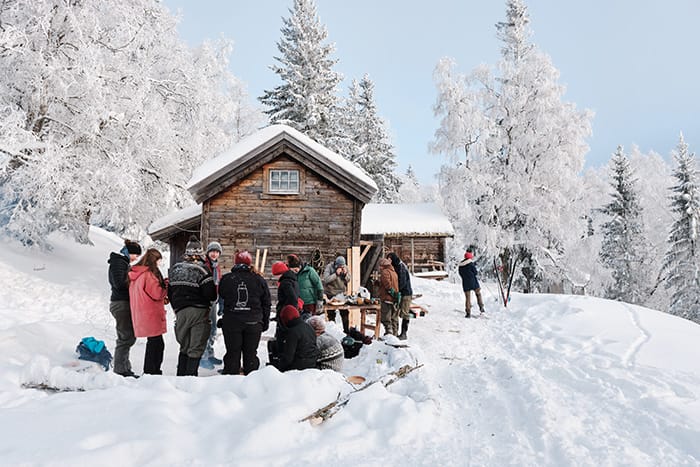
Large-scale Self-sufficiency
Together with the Organic Farming line we’ll work to make the school as self-sufficient as possible.
We pick fruit and berries in the fall for the kitchen to use, slaughter sheep to feed all the students, and help the kitchen with things like preserving the fruit and parting the animals.
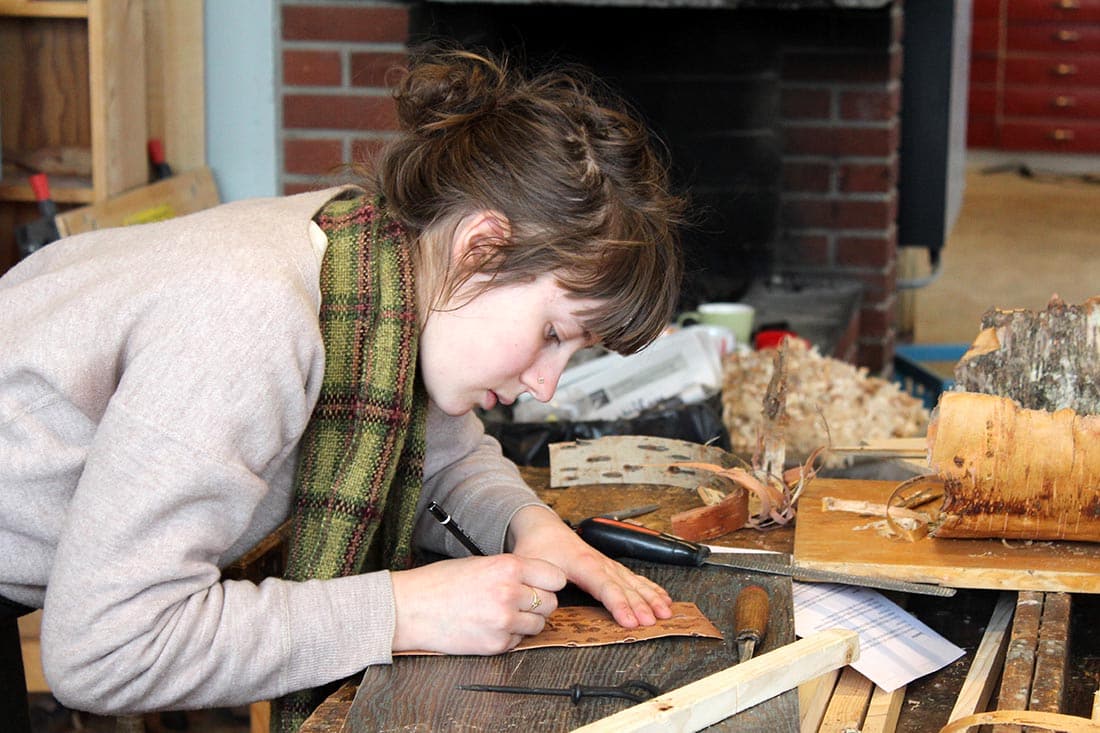
Make and Mend
Handwork is central in our course. You’ll learn various methods to repair the things you use; sew simple garments, and learn to breathe new life into old things
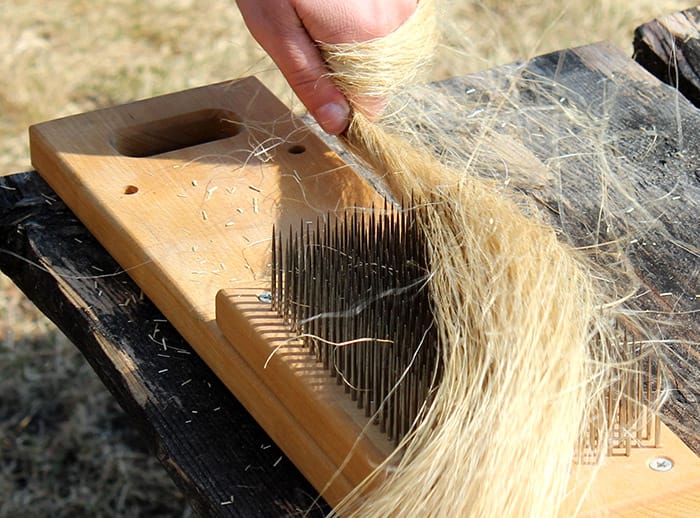
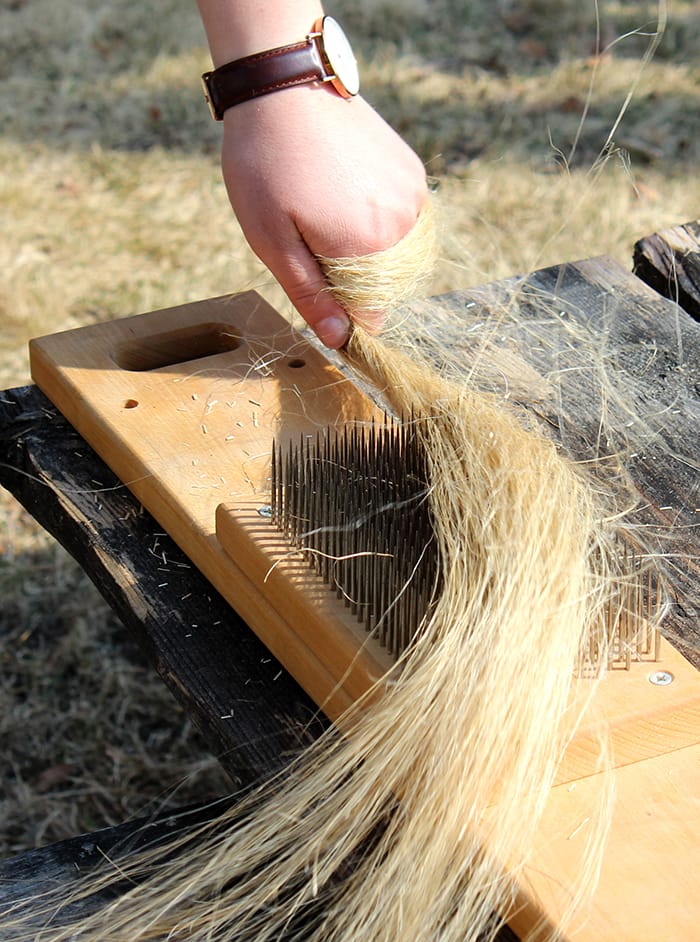
The year could include:
- Woodworking
- Sewing and repair of simple garments
- Making your own fishing equipment and how to fish
- Basic outdoor skills
- How to identify useful wild plants
- Conserving and fermenting food
- Organic cultivation of vegetables, fruits, and berries
- Keeping and care of animals at the school’s farm
- Repair, and maintainance.
- Working in the woods
- Leather tanning
- Willow weaving
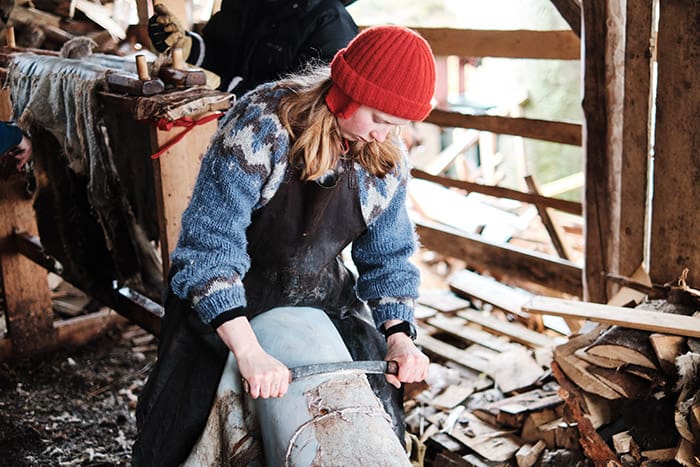
Could this be the course for you?
Do you want to live more sustainably? Do you dream of creating an independent lifestyle? Gathering and growing? Making and reparing? Crafting and collecting skills?
This course follows the seasons and touches a wide range of subject areas.
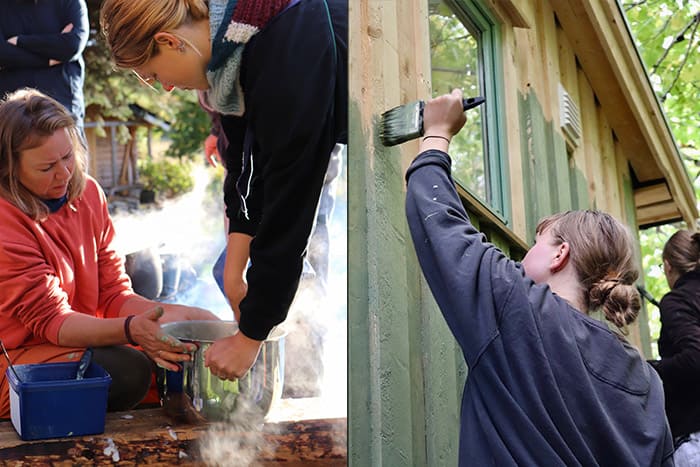
Our expectations of you
We expect students to be interrested in learning, ready to work hard, and creating a positive class environment.
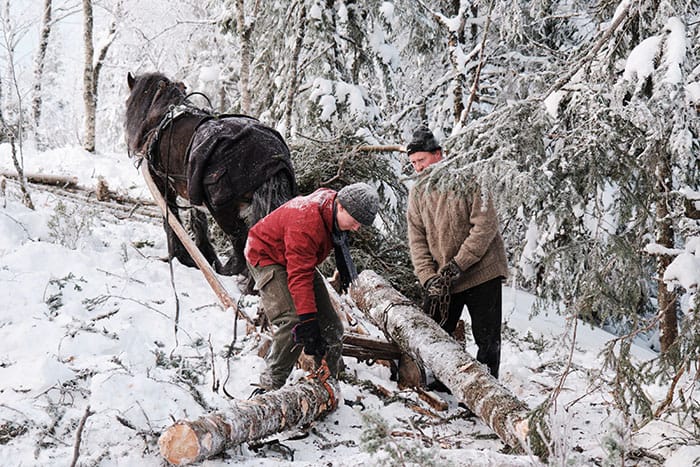
Self-Sufficiency teachers:
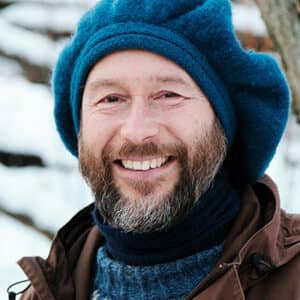
Bjørn W. Wissing
Main teacher
Bjørn is a whimsical, warm-hearted character. He is always ready to guide students through the forests and share the hidden secrets of the landscape. He is known here as an enthusiastic storyteller and teacher.
Bjørn is a skilled outdoorsman and has endless knowledge about self-sufficiency techniques.
He is often decked out in handknit sweaters and a winning smile.
Lene Jacobsen
Teaching willow weaving and natural materials. Lene's wit and knowledge is a joy to experience. She's straight forward, funny, and will often tell stories and engage in conversations that you were not ready to have at 9 AM. She's one of these skilled people who make the craft look easy, but don't worry - with her guidance you can learn to craft with natural materials like a champ!
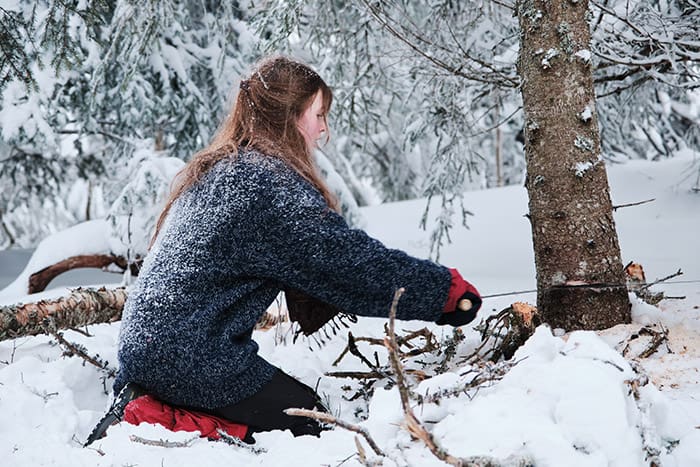
9 month course
This is a 9 month course, from late august until the end of may.
In addition to your course there are electives and collective courses. The electives on offer change every year, but some of the classics are: tanning of hides, sail making, chest making, outdoor life, forging, knife making, willow weaving, plant dyeing, traditional shoe making, sailing, and textile work.
Whole school classes can be presentations from guest teachers, group work projects, farmwork, even school trips!
Our average student is between 18 and 25 years old, but we also have older students. All students live in the school dorms, and organic food is included in the school fee.
Classes are held in Norwegian, but all our teachers speak English as a second language and will explain in English when necessary. We do, however, expect you to try to learn Norwegian.
Students who are new to the Norwegian language will receive support and guidance with language learning.
Feel free to contact us if you have any questions! [email protected]
